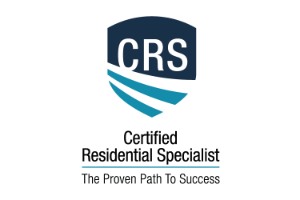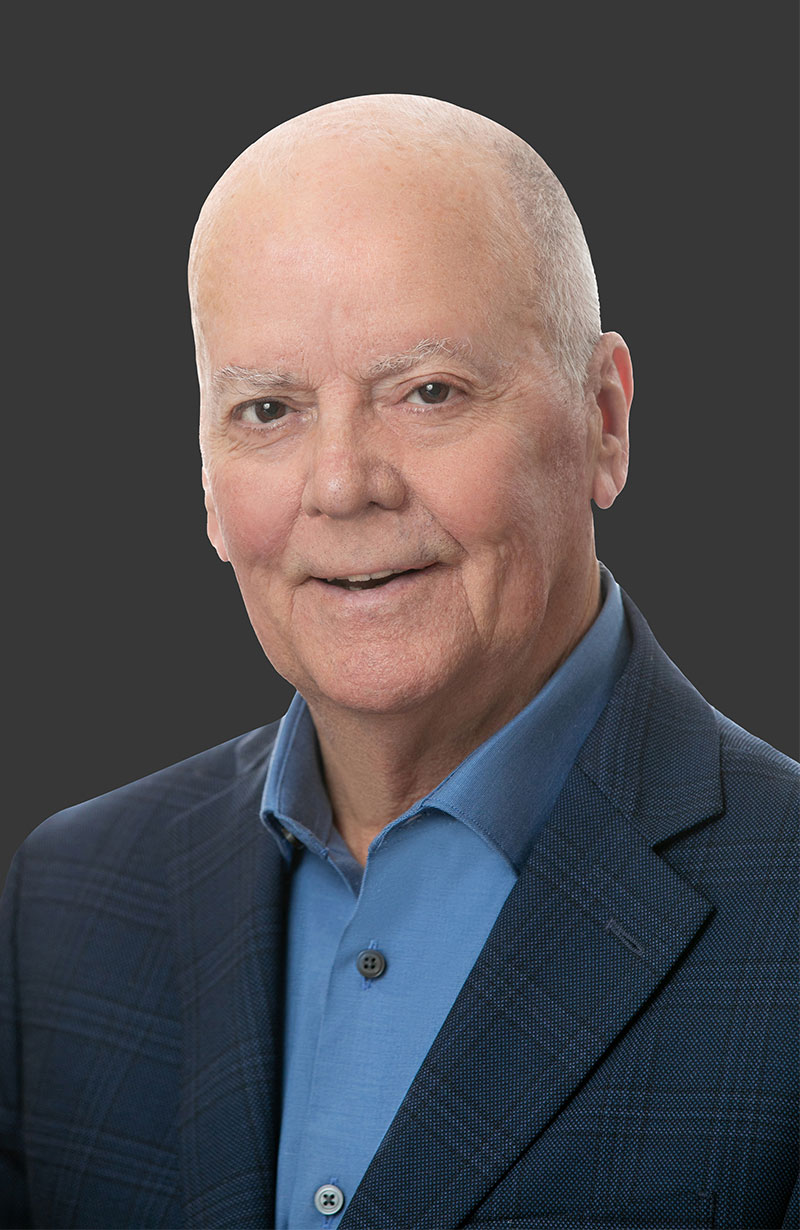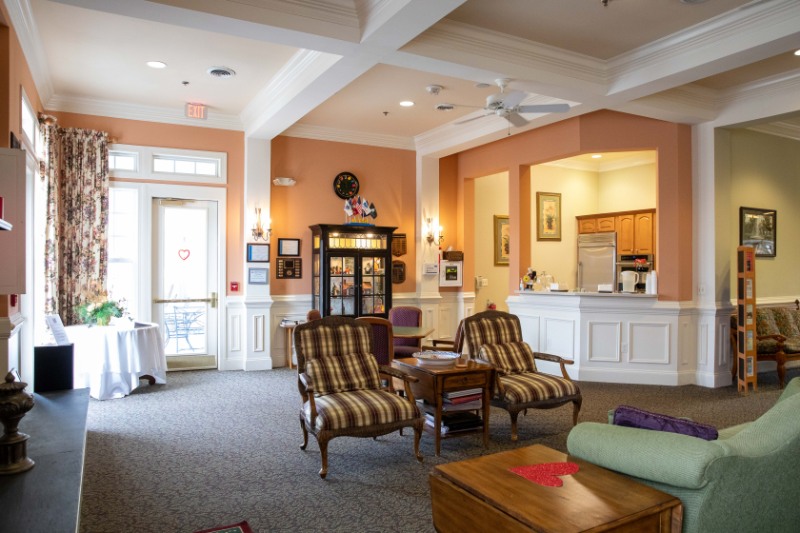
Staying active and connected is a top priority for many older adults, and 55+ communities are designed with these goals in mind. At the heart of these communities often lies the social and recreational hub—a central space for socializing, recreation, and personal growth. Whether in a suburban gated community with a standalone clubhouse or an urban high-rise with a dedicated recreation center, these hubs play a pivotal role in enriching residents’ lives.
Benefits of Social and Recreational Hubs
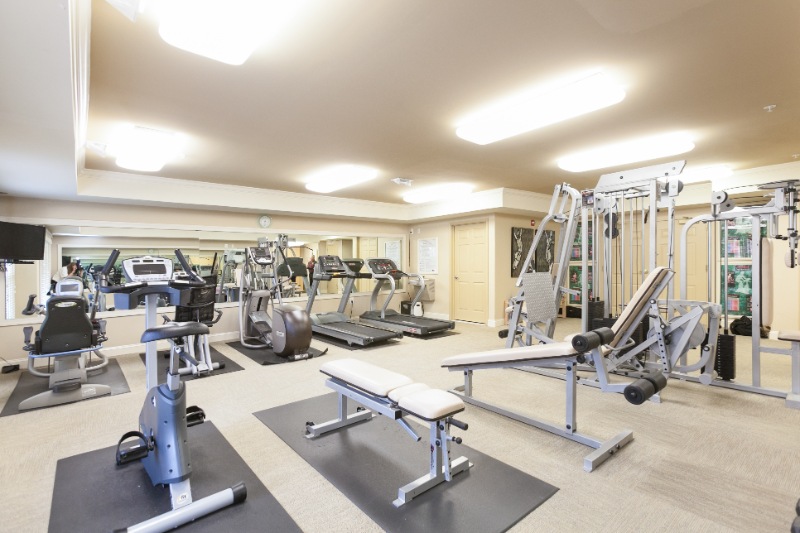
Before diving into specific amenities, it’s important to understand why these hubs are so vital for older adults. Here are some of the key benefits:
- Fostering Social Connections: Social isolation can be a significant concern for older adults, but these hubs provide a space to meet new people and strengthen relationships. They facilitate the development of peer support networks, where residents can share experiences, offer encouragement, and build lasting friendships. From book clubs and hiking groups to volunteer opportunities within the community, these connections combat loneliness and contribute to a stronger sense of belonging. Studies have shown a direct link between strong social connections and improved mental and physical health in older adults.
- Promoting Physical Activity: Fitness centers, swimming pools, and group exercise classes encourage residents to stay active and maintain their health. These hubs often offer a variety of exercise options catering to different abilities, from low-impact aerobics to strength training. Certified instructors are often available to provide guidance and personalized fitness plans. Many communities also prioritize fall prevention programs, incorporating exercises that improve balance and coordination, crucial for maintaining independence.
- Enhancing Mental Well-Being: Social and recreational activities can reduce stress, boost mood, and keep the mind sharp. Engaging in activities like games, puzzles, and creative pursuits stimulates cognitive function and helps maintain mental acuity. The sense of community and purpose derived from social interaction also contributes significantly to overall mental well-being. Furthermore, many communities offer stress management techniques like yoga and meditation, promoting relaxation and emotional balance.
- Supporting Lifelong Learning: Many hubs offer workshops, classes, and lectures, providing opportunities for personal growth. These can range from computer skills and painting classes to financial planning workshops and guest speakers on various topics. Lifelong learning not only enhances cognitive function but also provides a sense of accomplishment and personal enrichment.
- Creating a Sense of Community: These spaces serve as the “living room” of the community, fostering a welcoming and inclusive environment. Shared values, community traditions, and resident involvement in community governance contribute to a strong sense of belonging. Community events and activities, from holiday celebrations to potlucks, further strengthen the bonds between residents.
Key Features of Social and Recreational Hubs
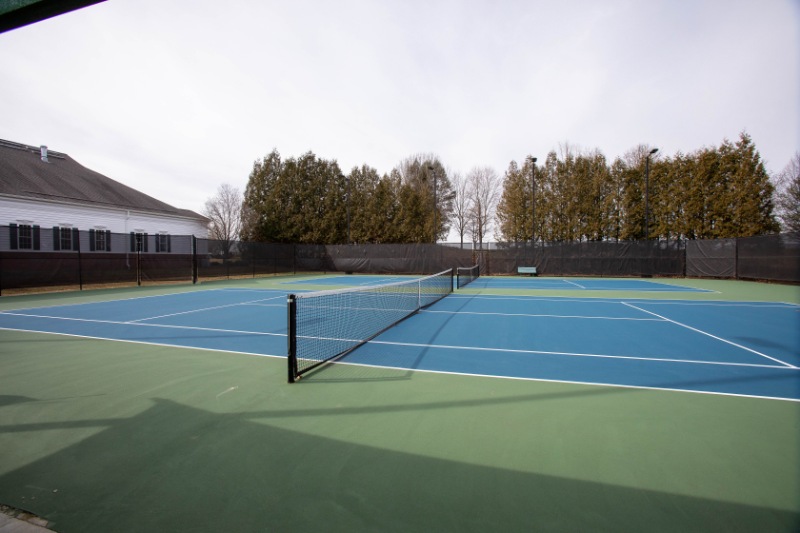
Social and recreational hubs come in many forms, from standalone clubhouses in suburban settings to integrated spaces in urban mid-rise or high-rise buildings. Regardless of the setting, they typically include a variety of amenities and services:
- Fitness Facilities: Modern hubs are designed with recreation in mind, offering facilities and programs to keep residents physically and mentally active. Some common features include:
- Exercise Rooms: Equipped with a variety of equipment, including treadmills, stationary bikes, elliptical machines, and strength-training machines. Many modern fitness centers also incorporate technology, such as virtual classes and fitness trackers, to enhance the workout experience. Accessibility features, like adapted equipment and spacious layouts, are often prioritized to accommodate residents with mobility limitations.
- Swimming Pools: Indoor or outdoor pools for lap swimming, water aerobics, or simply relaxing. Some communities may also offer therapeutic pools with warmer water for those with arthritis or other joint conditions.
- Walking Trails: Suburban communities often include scenic walking paths, while urban buildings may have rooftop walking tracks. These provide a safe and enjoyable way for residents to get some exercise and enjoy the outdoors.
- Exercise Rooms: Equipped with a variety of equipment, including treadmills, stationary bikes, elliptical machines, and strength-training machines. Many modern fitness centers also incorporate technology, such as virtual classes and fitness trackers, to enhance the workout experience. Accessibility features, like adapted equipment and spacious layouts, are often prioritized to accommodate residents with mobility limitations.
- Spaces for Socializing: Fostering connections is a key function of these hubs. Common areas often include:
- Lounge Areas: Comfortable spaces with cozy seating, fireplaces, and libraries, creating a relaxed atmosphere for casual conversations or reading. Interior design plays a crucial role in creating a welcoming and inviting space.
- Game Rooms: Featuring billiards, card tables, board games, and other group activities, providing opportunities for friendly competition and social interaction. These spaces often become hubs for regular game nights and tournaments.
- Cafés or Snack Bars: Providing a place to grab a coffee or light meal with friends, fostering a sense of community and casual interaction. These spaces often become popular gathering spots for morning coffee meetups or afternoon chats.
- Lounge Areas: Comfortable spaces with cozy seating, fireplaces, and libraries, creating a relaxed atmosphere for casual conversations or reading. Interior design plays a crucial role in creating a welcoming and inviting space.
- Event Spaces: Event spaces are versatile areas designed to accommodate a variety of activities, including:
- Community Dinners: Large dining areas for potlucks or catered events, providing a space for residents to come together and share meals. These events often become cherished traditions within the community.
- Lecture Halls: Spaces for guest speakers, educational sessions, or entertainment, promoting lifelong learning and intellectual stimulation. These spaces may also be used for movie screenings or presentations.
- Movie Theaters: Screening rooms for weekly movie nights or special events, offering a convenient and enjoyable entertainment option for residents. Some communities may even have tiered seating and state-of-the-art sound systems.
- Community Dinners: Large dining areas for potlucks or catered events, providing a space for residents to come together and share meals. These events often become cherished traditions within the community.
- Creative and Educational Areas: Lifelong learning and creativity are central to many hubs, which may offer:
- Art Studios: Spaces for painting, pottery, or other crafts, providing residents with opportunities to express their creativity and learn new skills. These studios often include specialized equipment and supplies for various art forms.
- Libraries: Stocked with books, magazines, and sometimes computers, providing access to information and resources for residents. Some libraries may also offer computer classes or book clubs.
- Workshops: Offering classes in cooking, technology, or other skills, promoting continued learning and personal growth. These workshops often cater to a wide range of interests and skill levels.
- Art Studios: Spaces for painting, pottery, or other crafts, providing residents with opportunities to express their creativity and learn new skills. These studios often include specialized equipment and supplies for various art forms.
- Outdoor Amenities: Outdoor spaces are particularly prominent in suburban settings but are also integrated into urban designs:
- Gardens: Community gardens for residents with a green thumb, providing a space for residents to grow their own flowers, vegetables, or herbs. These gardens foster a sense of community and connection with nature.
- Sports Courts: Tennis, pickleball, or bocce courts for friendly competition, promoting physical activity and social interaction. These courts often become popular gathering spots for residents of all skill levels.
- Patios and Rooftop Decks: Perfect for gatherings or quiet relaxation, providing a space for residents to enjoy the outdoors and socialize with friends. These spaces often feature comfortable seating, fire pits, and scenic views.
- Gardens: Community gardens for residents with a green thumb, providing a space for residents to grow their own flowers, vegetables, or herbs. These gardens foster a sense of community and connection with nature.
The Flexibility of Social and Recreational Hubs
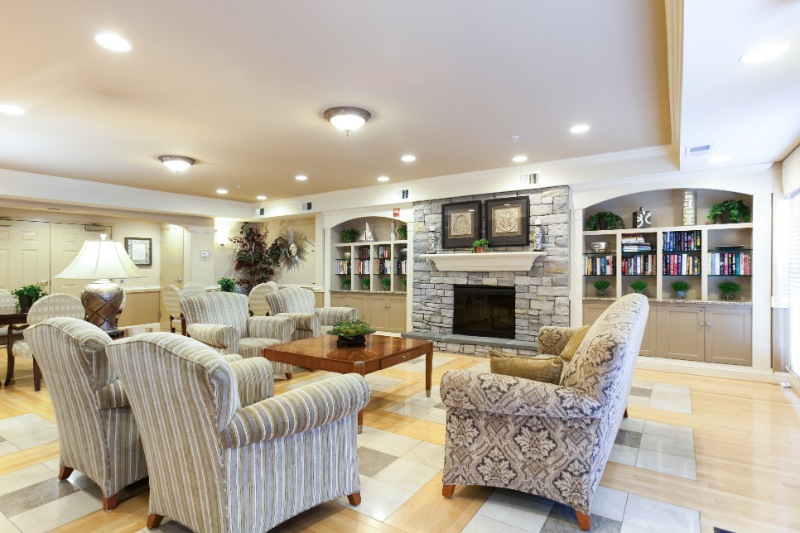
One of the reasons these hubs are so effective is their adaptability to different settings and resident needs. While suburban communities may emphasize sprawling standalone clubhouses, urban mid-rise and high-rise buildings often integrate these amenities into smaller, multi-functional spaces. Townhouse communities with limited amenities might focus on creating a single, versatile room that serves as a social and recreational hub.
For example, in Fairfax County, Virginia, communities like The Trillium offer residents a variety of social activities and common spaces for gathering. The Mather, also in Fairfax County, provides a wide array of amenities including a fitness center, pool, and various clubs and classes. These communities demonstrate the range of options available, from more activity-focused to those emphasizing wellness and lifelong learning. These communities often cater to residents who appreciate the proximity to urban amenities and cultural attractions.
In Prince William County, communities also offer diverse options. Heritage Hunt boasts a large clubhouse with numerous activity rooms, a restaurant, and a golf course, catering to a wide range of interests. Regency at Dominion Valley also features a substantial clubhouse and focuses on an active lifestyle with its fitness center, pools, and sports courts. These larger, gated communities often appeal to residents seeking a more resort-like lifestyle with extensive amenities. For those seeking a more intimate setting, communities like Dunbarton and The Crest at Linton Hall may offer smaller clubhouses or community centers while still providing opportunities for social connection and recreation. These smaller communities often foster a close-knit atmosphere and may be more affordable. These examples illustrate how different communities can tailor their social and recreational hubs to the specific needs and desires of their residents.
Urban 55+ communities, on the other hand, often prioritize access to cultural attractions, dining, and public transportation. They may feature rooftop terraces with city views, smaller but well-equipped fitness centers, and community lounges designed for socializing. Suburban communities, in contrast, often emphasize spacious clubhouses, expansive grounds, and outdoor amenities like walking trails, gardens, and sports courts. The choice between urban and suburban living often comes down to individual preferences and priorities.
Furthermore, the level of care offered in a 55+ community can also influence the design and amenities of its social and recreational hub. Independent living communities, for example, tend to focus on active lifestyles and social engagement, while assisted living facilities may prioritize accessibility and supportive services. Understanding the different levels of care available (independent living, assisted living, skilled nursing) is crucial for choosing the right community. Age-restricted communities, with specific age requirements, often differ from age-targeted communities, which are designed for older adults but may not have strict age limits, in their amenities and social programming.

